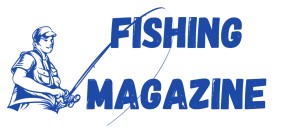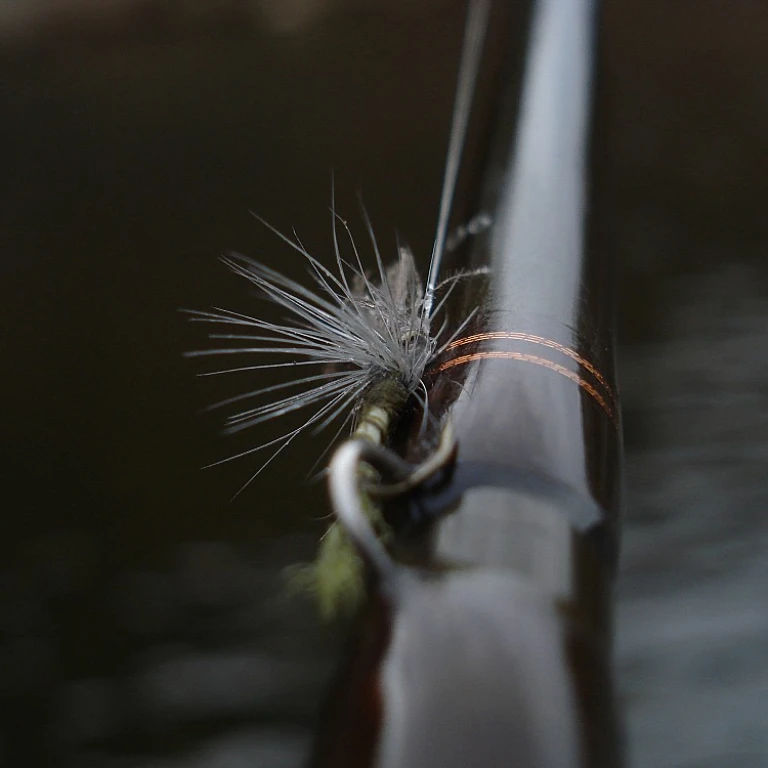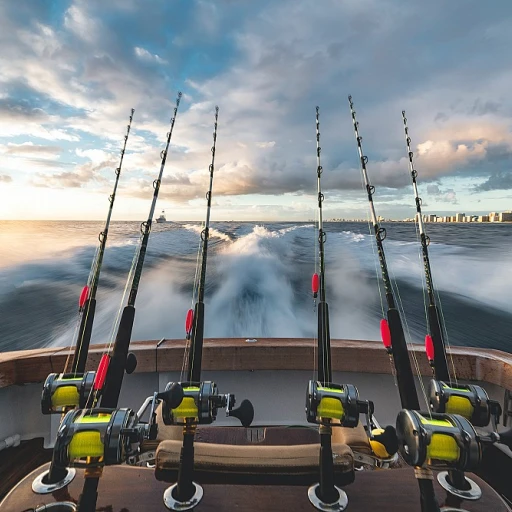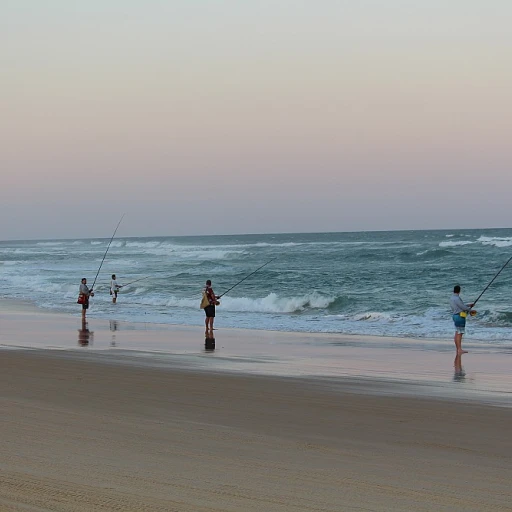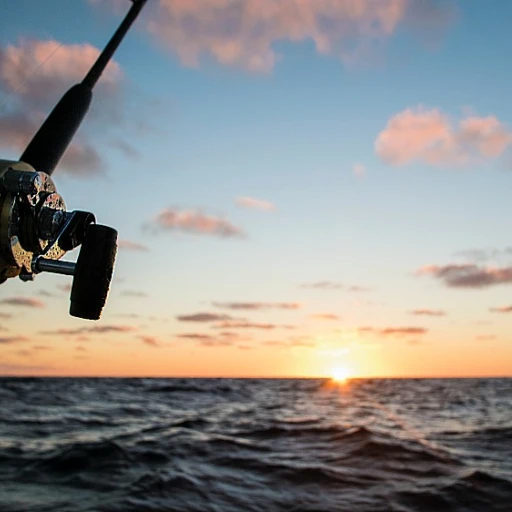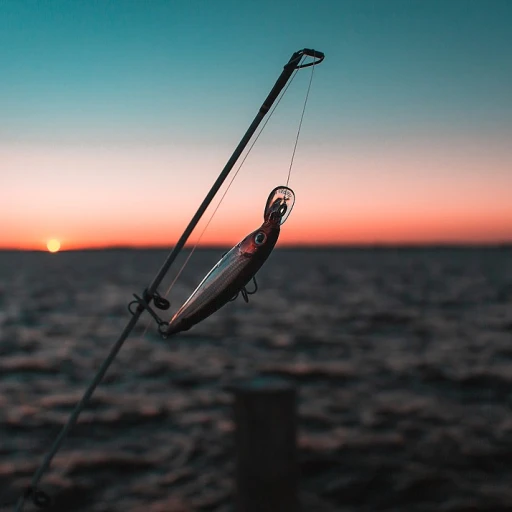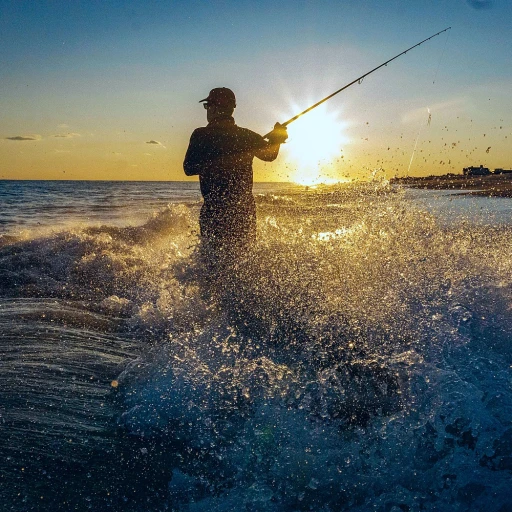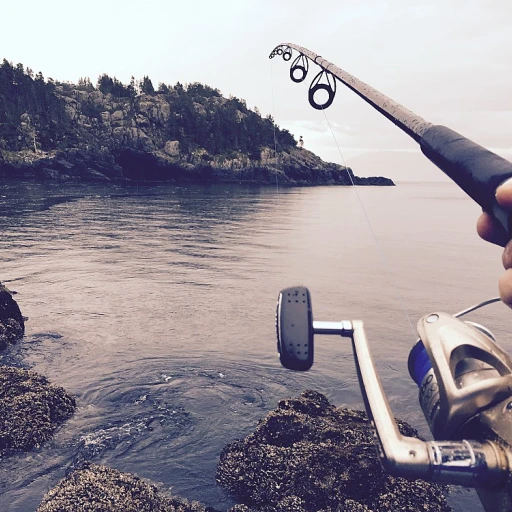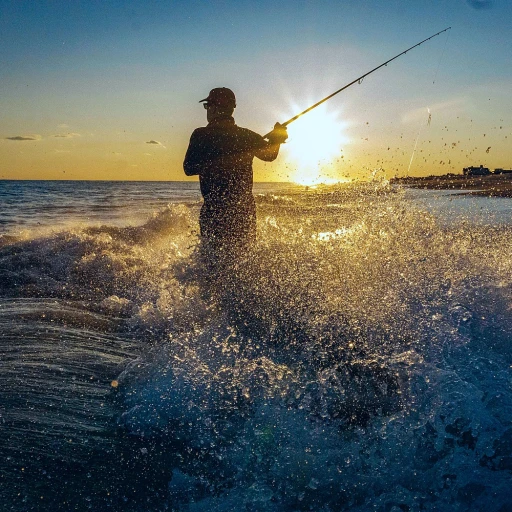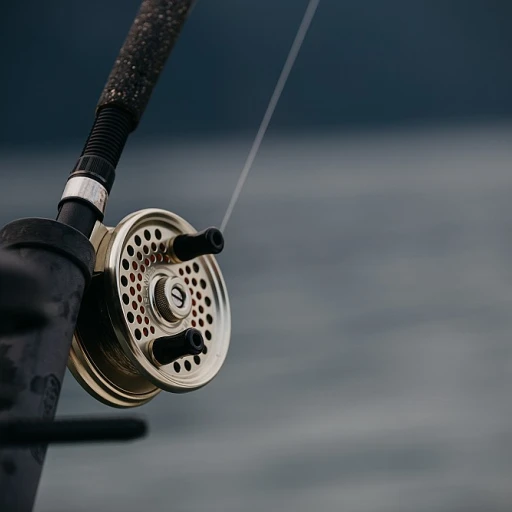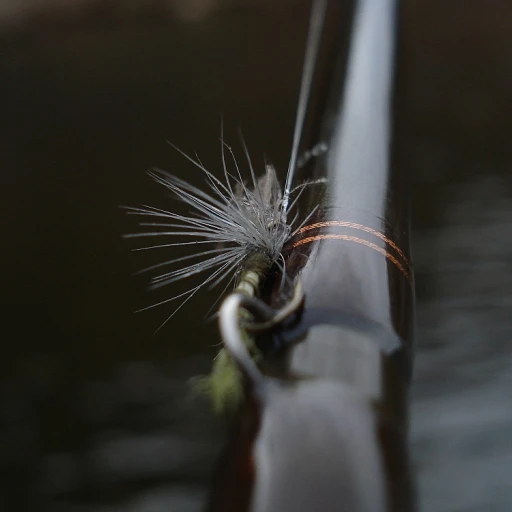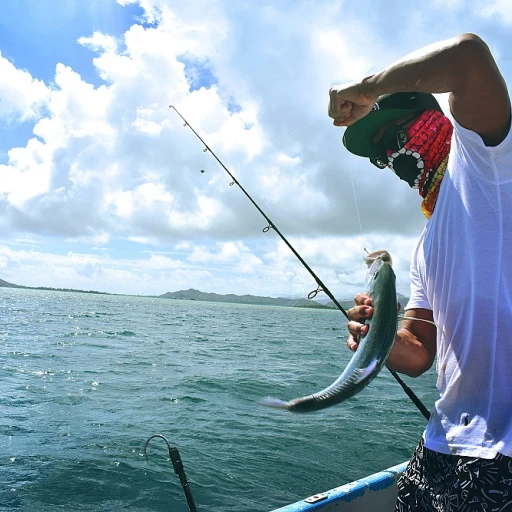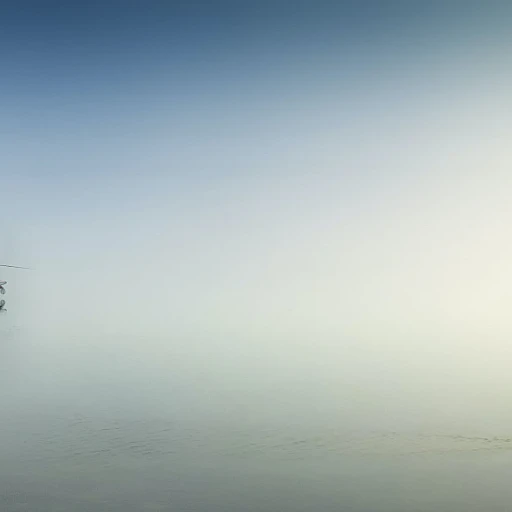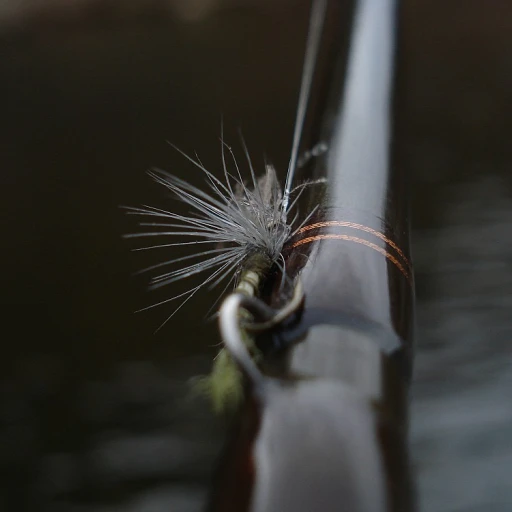
Understanding Grass Carp
Getting Familiar with Grass Carp
The grass carp, scientifically known as Ctenopharyngodon idella, is a versatile fish sought after for its ability to control aquatic vegetation. This fish is also commonly referred to as white amur, and it has been effectively used in various ponds and lakes for plant control. Native to East Asia, the grass carp was introduced to the United States as a biological tool to manage aquatic plants due to its voracious appetite for vegetation.
It's important to note that grass carp can be either diploid or triploid. Triploid grass carp are the sterile variant, produced by setting chromosomes in a specific manner that prevents reproduction. This characteristic makes them ideal for vegetation management, as they can control plant coverage in water bodies without threatening native fish populations or wildlife through uncontrolled breeding.
Understanding the aquatic environments where grass carp thrive is crucial before incorporating them into your fishing plans. They play a vital role in maintaining the ecological balance by reducing excessive aquatic vegetation, thus preventing overgrowth that can affect water quality and fish habitats. Whether you are a recreational fisherman looking to enhance your fishing experience or a pond manager seeking effective plant control solutions, grass carp prove to be a valuable addition.
Before you decide to order grass carp, you need to be aware of regulatory requirements, such as obtaining the necessary permits. The stocking of grass carp often requires approval from fish and wildlife services in various states, ensuring the introduction aligns with state regulations and ecological guidelines. Learn more about permitting requirements and compliance to make your fishing adventure a smooth and successful one.
Why Order Grass Carp?
Enhancing Your Fishing Environment
Ordering grass carp can be a savvy strategy for those looking to sustainably manage their water resources. These fish are not only a boon to your fishing endeavors but also support the delicate balance in aquatic ecosystems. Known for their voracious appetite for aquatic vegetation, grass carp are particularly effective in keeping your pond or lake clear of overgrown plants. This natural method of vegetation control ensures a healthier environment for fish and wildlife, creating a thriving haven for your fishing adventures.
Triploid grass carp, also known as sterile or carp triploid, are specially bred to aid in vegetation management without the risk of overbreeding. Their inability to reproduce ensures that they won't affect the ecological balance by increasing their numbers. This makes them an ideal choice for maintaining plant coverage and promoting a balanced habitat.
When considering ordering grass carp, it's essential to understand that most states require a permit for their introduction. This is to ensure that the stocking rates align with state regulations designed to protect local ecosystems. Additionally, some regions may have specific requirements regarding stocking rate per acre, emphasizing the need for compliance.
Before you proceed with your order, you might want to explore the relevant state guidelines, as they offer valuable insights into the legal aspects and best practices for stocking grass carp in various water bodies. These guidelines are indispensable if you're looking to introduce these fish responsibly.
Where to Source Grass Carp
Sourcing the Right Grass Carp for Your Adventure
Finding a reliable source to purchase triploid grass carp is crucial. These fish are most frequently used for managing aquatic plant coverage in lakes, ponds, and other bodies of water. Notably, they're essential for controlling aquatic vegetation without disrupting the existing wildlife ecosystem. When looking to purchase these fish, consider these options:- Fish Farms: Reputable fish farms are often the primary sources for carp triploid species. They usually adhere to the required health and safety standards, ensuring you receive healthy, sterile fish.
- State Wildlife Services: Some state wildlife services might oversee the stocking and shipment of grass carp, especially for ecological management purposes.
- Pond Management Companies: These companies often stock grass carp and can provide guidance on stocking rates as part of overall vegetation control strategies.
- Permits and Regulations: Before purchasing, check if you need a specific carp permit. Several states in the United States may have specific regulations concerning the transport or stocking of grass carp.
Handling and Transporting Grass Carp
Safe Handling and Seamless Transportation
When it comes to managing the logistics of stocking grass carp, particularly triploid varieties, you cannot overlook the importance of proper handling and transportation. The key to ensuring that these fish reach your pond or lake in optimal condition lies in understanding their specific needs. Firstly, before you even place an order, you must know that grass carp, known scientifically as Ctenopharyngodon idella, are primarily used for aquatic vegetation control. They are highly effective in managing excessive plant coverage and maintaining the ecosystem's balance, but they require careful treatment during transit. To start, the stocking process should always observe both state and federal guidelines, which often stipulate the need for a carp permit, especially in the United States. Remember, grass carp are considered sterile due to a set chromosomes process, thus minimizing the risk of uncontrolled reproduction. Ensure your fish wildlife regulatory compliance by securing the necessary permissions from your state's wildlife service. This not only presents an opportunity for plant management, but also aligns with environmental protection standards. When collecting your purchase from a reputable fish farm, make sure that the fish are placed in oxygen-rich water containers. The water should be kept at a regulated temperature to minimize stress. Ample space is critical as overcrowding can lead to fatalities or weakened fish - ideally, stocking rates should be measured by acreage needs of your pond or lake. During transportation, aim to keep the aquatic temperatures consistent and avoid large temperature fluctuations. A sudden change from cool water in transit to the warm pond environment can be detrimental. Research from reputable wildlife services has emphasized acclimatization as the fish move from transport to their new habitat. In conclusion, standards of fish acre density will depend on individual water bodies and plant coverage levels. Whatever your stocking rate, efficient handling and transportation practices form the backbone of a successful fisheries management strategy. By following these steps, you ensure that your grass carp contribute to effective plant control and offer a thriving fishing experience.Fishing Techniques for Grass Carp
Mastering the Art of Grass Carp Fishing
Fishing for grass carp can be an exciting challenge, especially when you understand their unique behaviors and preferences. These fish, also known as white amur, are often used for aquatic vegetation control due to their voracious appetite for plants. Here are some techniques to enhance your fishing adventure:
- Location Matters: Grass carp are typically found in lakes and ponds where aquatic plants are abundant. They are often stocked for vegetation management, so check with local wildlife services or fish farms for stocking rates and locations.
- Bait Selection: Since grass carp feed primarily on aquatic plants, using plant-based baits can be effective. Consider using corn, lettuce, or specially formulated carp baits that mimic their natural diet.
- Fishing Gear: Use a medium to heavy rod and reel setup, as grass carp can grow quite large. A strong line is essential to handle their size and strength.
- Timing and Patience: Early morning or late afternoon are ideal times for fishing, as grass carp are more active during these periods. Patience is key, as these fish can be elusive and cautious.
- Permit and Regulations: Ensure you have the necessary permits for fishing grass carp, as regulations can vary by state. Some areas require a carp permit, especially for triploid grass carp, which are sterile and used for controlled stocking.
By understanding the habits and habitats of grass carp, you can increase your chances of a successful catch. Whether you're fishing in a stocked pond or a natural lake, these techniques will help you make the most of your fishing trip.
Maximizing Your Fishing Experience
Enhancing Your Grass Carp Angling Experience
Once you've successfully sourced and stocked your chosen aquatic environment with grass carp, it's time to focus on making the most out of your fishing experience. Understanding the behavior and preferences of the species will significantly enhance your chances of success.- Prime Locations: Grass carp are often found near dense aquatic vegetation. These fish are known for their efficiency in plant control, so focus your efforts near areas with ample aquatic plants.
- Patient Approach: Unlike other fish, grass carp can be particularly cautious. Maintain a quiet demeanor to avoid startling these sensitive creatures. Approach their habitats slowly and quietly, and make your casts with care.
- Effective Baiting Techniques: Since grass carp primarily feed on aquatic vegetation, they are more responsive to plant-based baits. For example, corn and lettuce effectively mimic their natural diet. Present these baits naturally to entice the fish.
- Accurate Casting: Your casting accuracy can greatly affect your success. Target zones where the aquatic vegetation is densest as this is where grass carp tend to congregate.
- Monitoring Regulations: Stay informed about fish stocking rates and permits required for grass carp in your location. State regulations often mandate specific guidelines to ensure the ethical management and conservation of wildlife resources.
- Understand the Ecosystem: Incorporate your knowledge of aquatic plant control and stocking rates to maintain a balanced ecosystem. Remember, the balance between aquatic vegetation and fish population is crucial for sustainable management.
